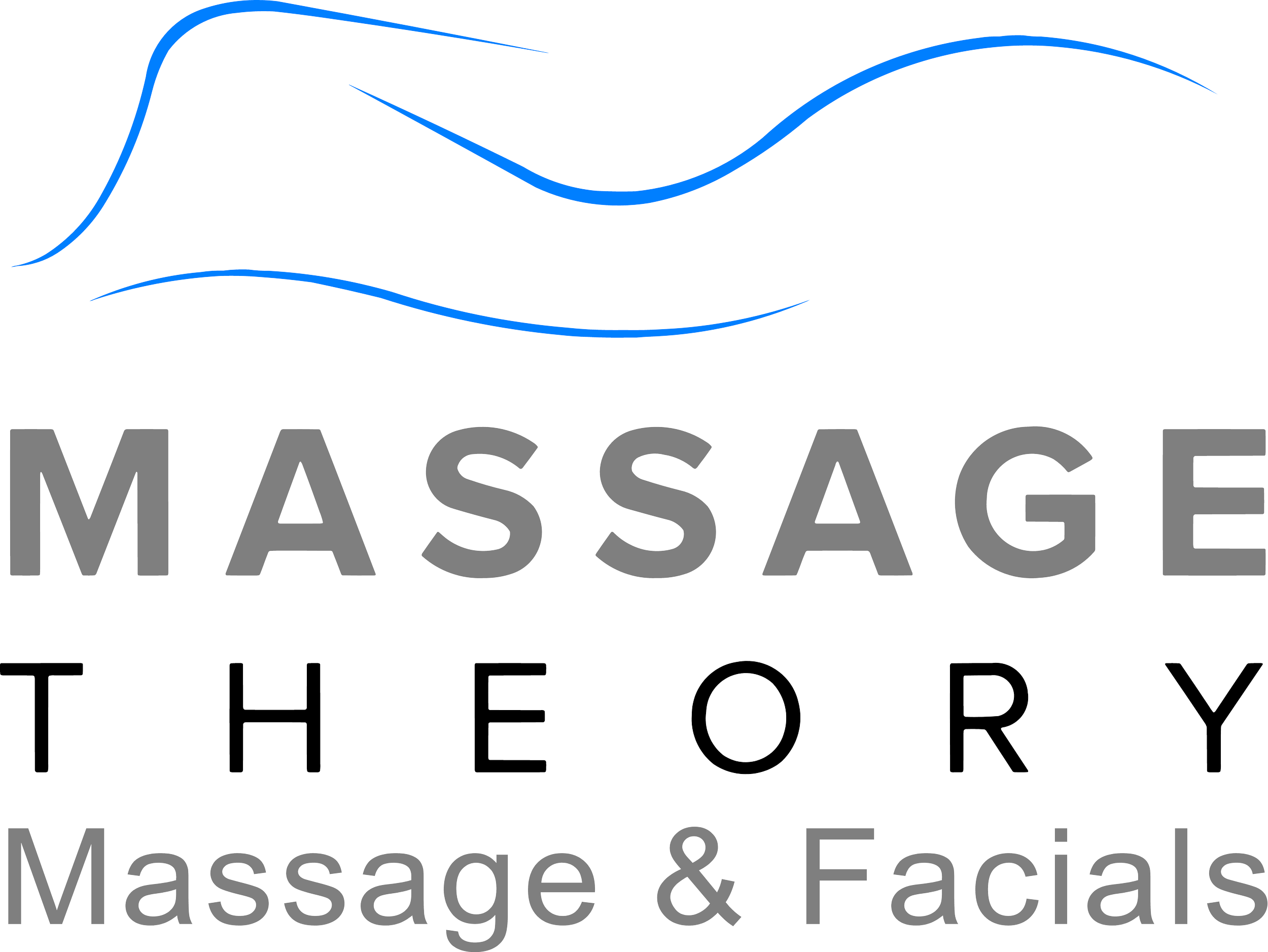Integrating Mindfulness Practices into Massage Therapy: Enhancing Relaxation and Healing
Integrating mindfulness practices into massage therapy can significantly enhance your well-being by combining physical relaxation with mental clarity. By incorporating simple techniques like a body scan or sitting meditation, you can deepen the therapeutic effects of your sessions. This holistic approach doesn't just improve physical health; it also offers significant benefits for your mental health and stress reduction.
Combining mindfulness and massage therapy empowers you to take charge of your mental and physical well-being. Many therapists have successfully integrated these practices to help clients achieve a more profound level of relaxation and internal balance. As you engage in mindfulness during a massage, you become more aware of your body's responses, facilitating a more personalized and effective treatment.
Learning how to incorporate mindfulness into your practice can transform your approach to both giving and receiving massages. Whether you're a professional massage therapist or someone seeking better self-care, mindfulness can offer robust tools for stress reduction and mental health improvement. Discover how to incorporate these techniques to elevate the benefits of your massage sessions.
The Interconnection of Mindfulness and Massage Therapy
Integrating mindfulness practices into massage therapy enhances the therapeutic experience by promoting heightened awareness, stress reduction, and emotional well-being. This blend of techniques offers a comprehensive approach to addressing various physical and mental health issues.
Foundations of Mindfulness in Therapy
Mindfulness is rooted in principles such as awareness, acceptance, and presence. In psychotherapy, therapists often use mindfulness-based stress reduction (MBSR) and mindfulness-based cognitive therapy (MBCT) to help clients manage anxiety and depression. These mindfulness practices promote staying in the present moment and developing self-awareness.
As a massage therapist, integrating these practices into your therapy sessions can create a more holistic therapeutic approach. Techniques such as body scan and mindful breathing can deepen the relaxation and therapeutic benefits for your clients. This approach emphasizes the connection between mind and body, making your sessions more effective.
Benefits of Integrating Mindfulness with Massage
Combining mindfulness with massage therapy can significantly improve your client's quality of life. Mindfulness techniques help in lowering blood pressure, relieving chronic pain, and enhancing emotional well-being. Clients who practice mindfulness during massage sessions often experience increased relaxation and comfort.
This integration also aids in stress management. By focusing on the present moment, clients can let go of past worries and future anxieties, which contributes to a more relaxed and resilient state of mind. The practice of mindfulness fosters a sense of compassion and acceptance, making each session more rewarding.
Application in Practice
Incorporating mindfulness into your massage therapy practice can be done in several ways. Encourage your clients to engage in mindful breathing before the session begins. You can also guide them through a brief body scan to enhance their awareness and relaxation. These steps not only prepare them for the massage but also enhance the therapeutic outcomes.
Another effective method is to maintain a mindful presence throughout the session. Focus on your touch and movements, remaining fully present with each stroke. This mindful approach can deepen the therapeutic connection between you and your clients, making the experience more impactful. Whether you are addressing chronic pain or enhancing emotional well-being, the integration of mindfulness into your practice offers a multitude of benefits.
Implementing Mindfulness Practices
Implementing mindfulness in massage therapy can significantly enhance the therapeutic experience by promoting stress reduction, pain management, and present-moment awareness. This integration addresses the physical and emotional needs of clients, fostering a holistic approach to healing.
Enhancing Therapeutic Environments
Creating an environment conducive to mindfulness involves considering both physical and psychological aspects. Incorporate elements that foster relaxation and attentiveness, such as soft lighting, calming music, and comfortable seating. This helps clients feel safe and relaxed.
Encourage the use of mindfulness-based stress reduction (MBSR) techniques. Playing gentle guided meditations or conducting brief breathing exercises before a session can help clients center themselves. Providing this tailored experience enhances their overall comfort and readiness for therapy.
Techniques and Approaches
Integrating mindfulness practices like body scans, guided meditations, and breathing exercises can elevate the efficacy of massage therapy. Start sessions with a few minutes of focused breathing to help clients shift attention to the present moment. Practicing body scans during therapy helps them become aware of where they hold tension and pain.
Use compassionate and empathetic communication to foster acceptance and resilience. In sessions where mindfulness-based cognitive therapy (MBCT) or dialectical behavior therapy techniques are applicable, weave these into your practice to promote a deeper connection between mind and body.
Challenges and Ethical Considerations
While integrating mindfulness practices presents various benefits, challenges like compliance and managing difficult experiences need attention. Ensure clients are comfortable and willing to engage in mindfulness exercises. Provide clear instructions and address any concerns immediately.
Ethics plays a crucial role in therapy. Be transparent about your methods and obtain informed consent from clients before incorporating mindfulness practices. Monitor for any adverse reactions, particularly if clients have a history of trauma or other mental health issues. Your mindful presence and communication can help navigate these complexities effectively.
Implementing mindfulness in massage therapy can result in a more profound and holistic healing experience. Focus on enhancing the therapeutic environment, applying effective techniques, and addressing challenges and ethical considerations to maximize benefits.
